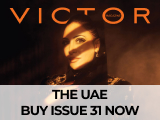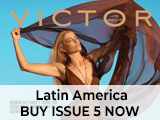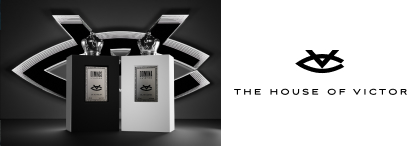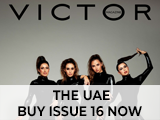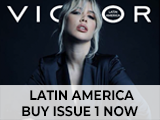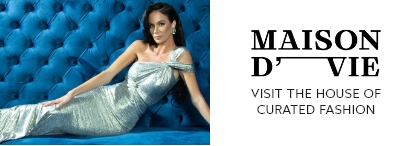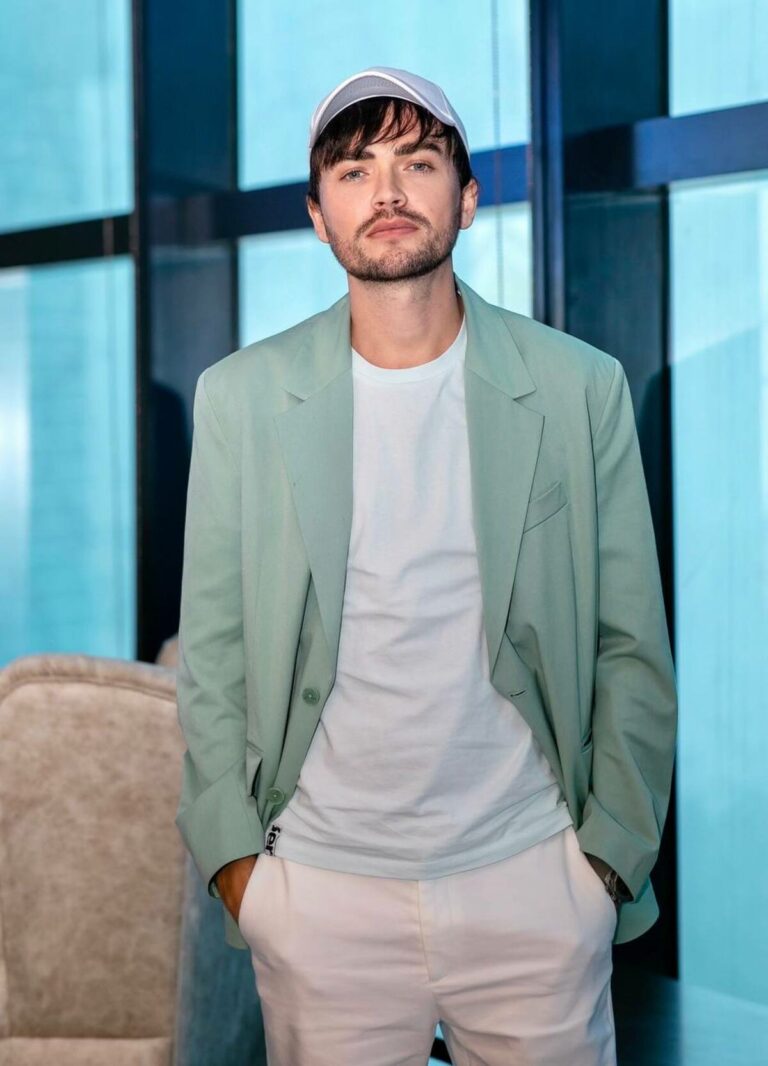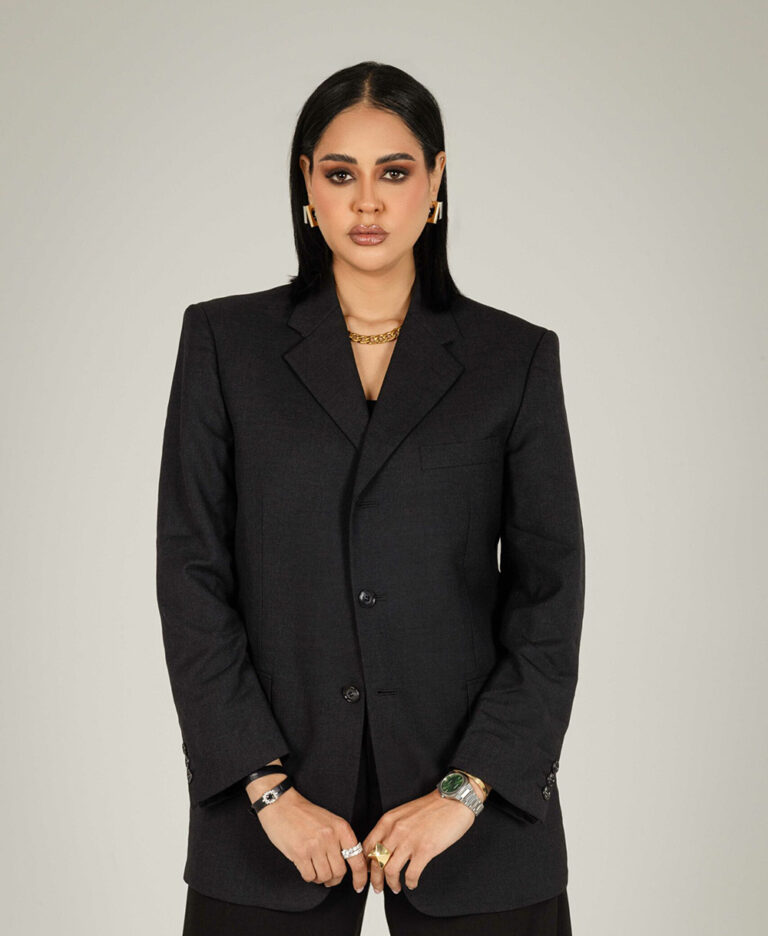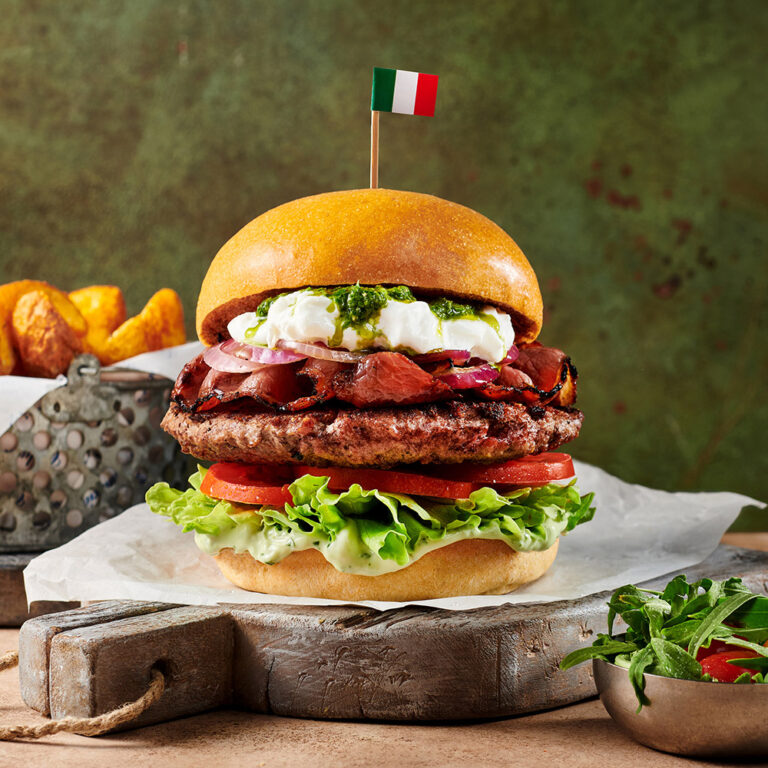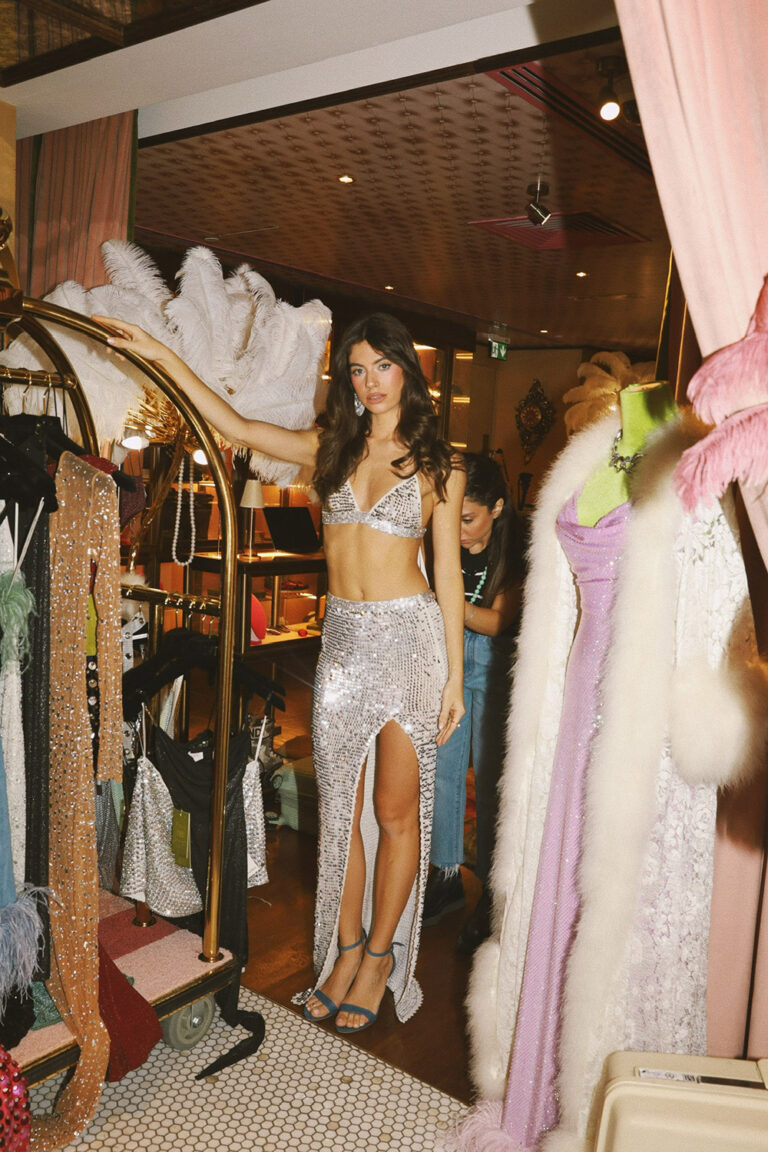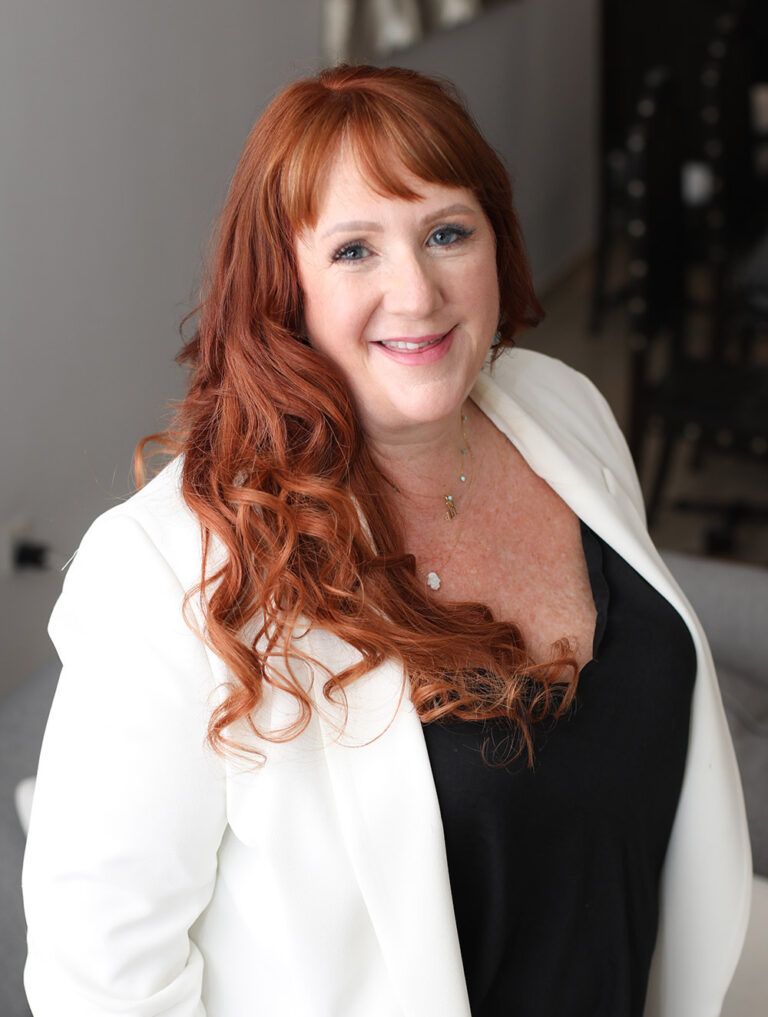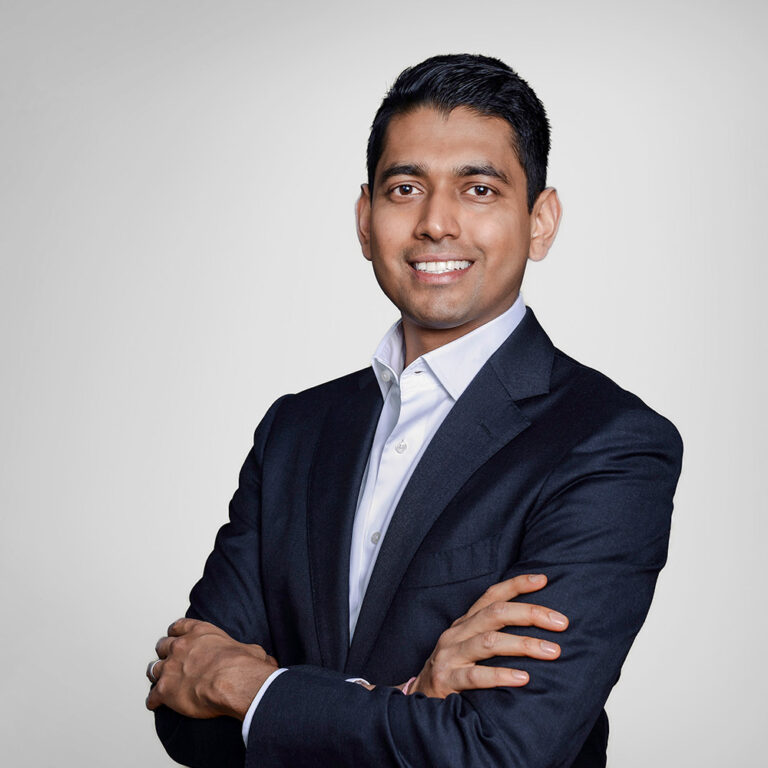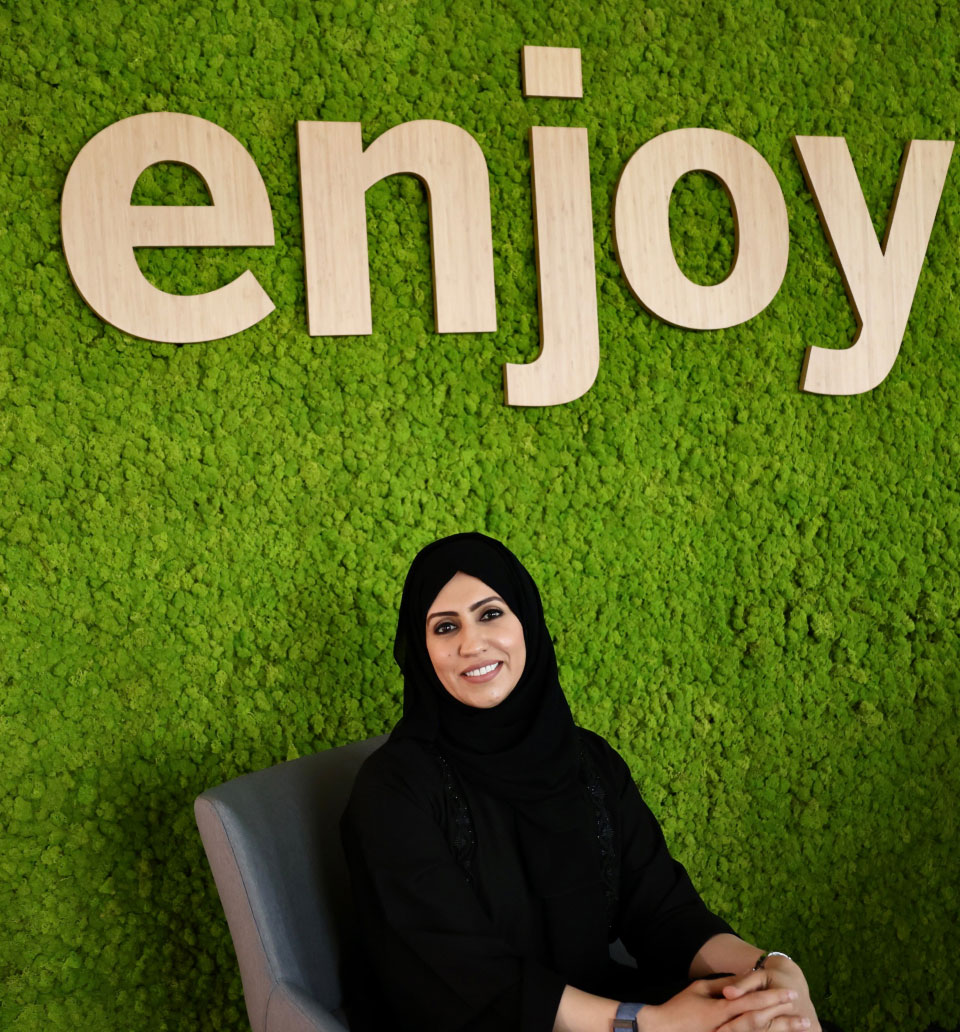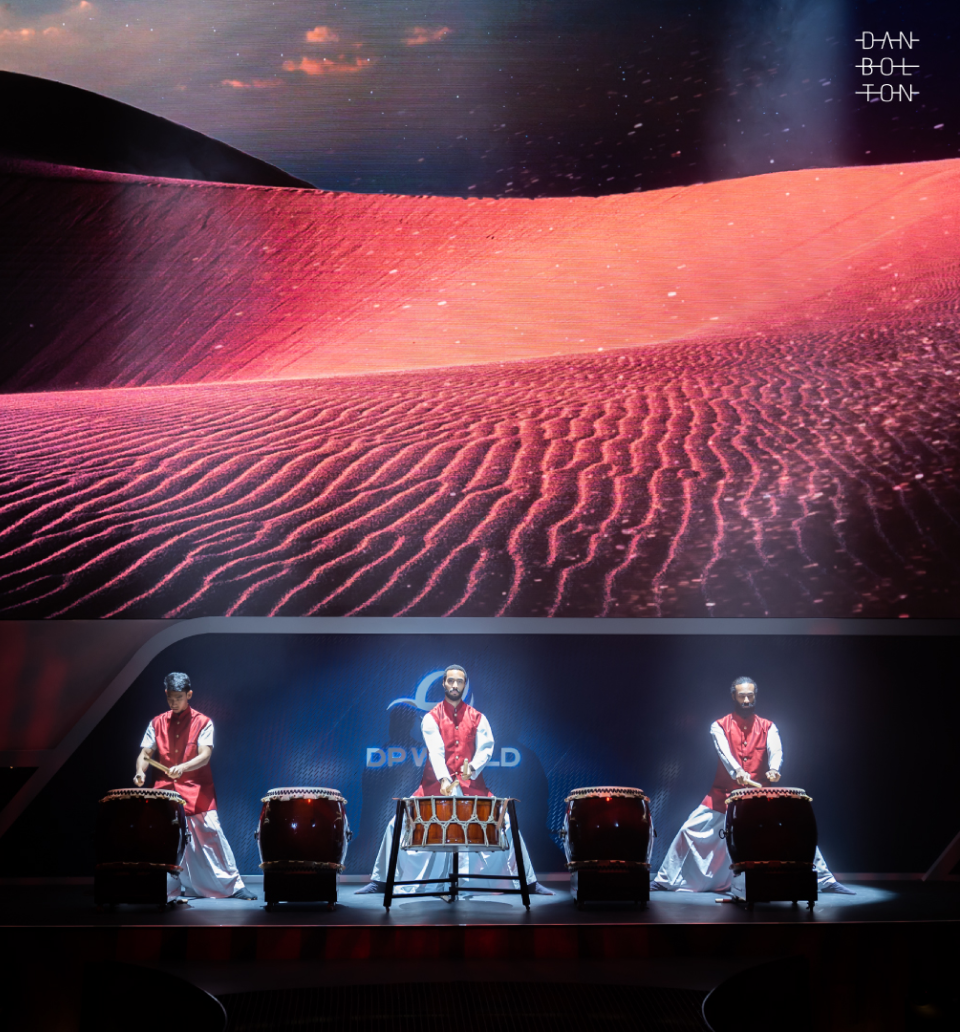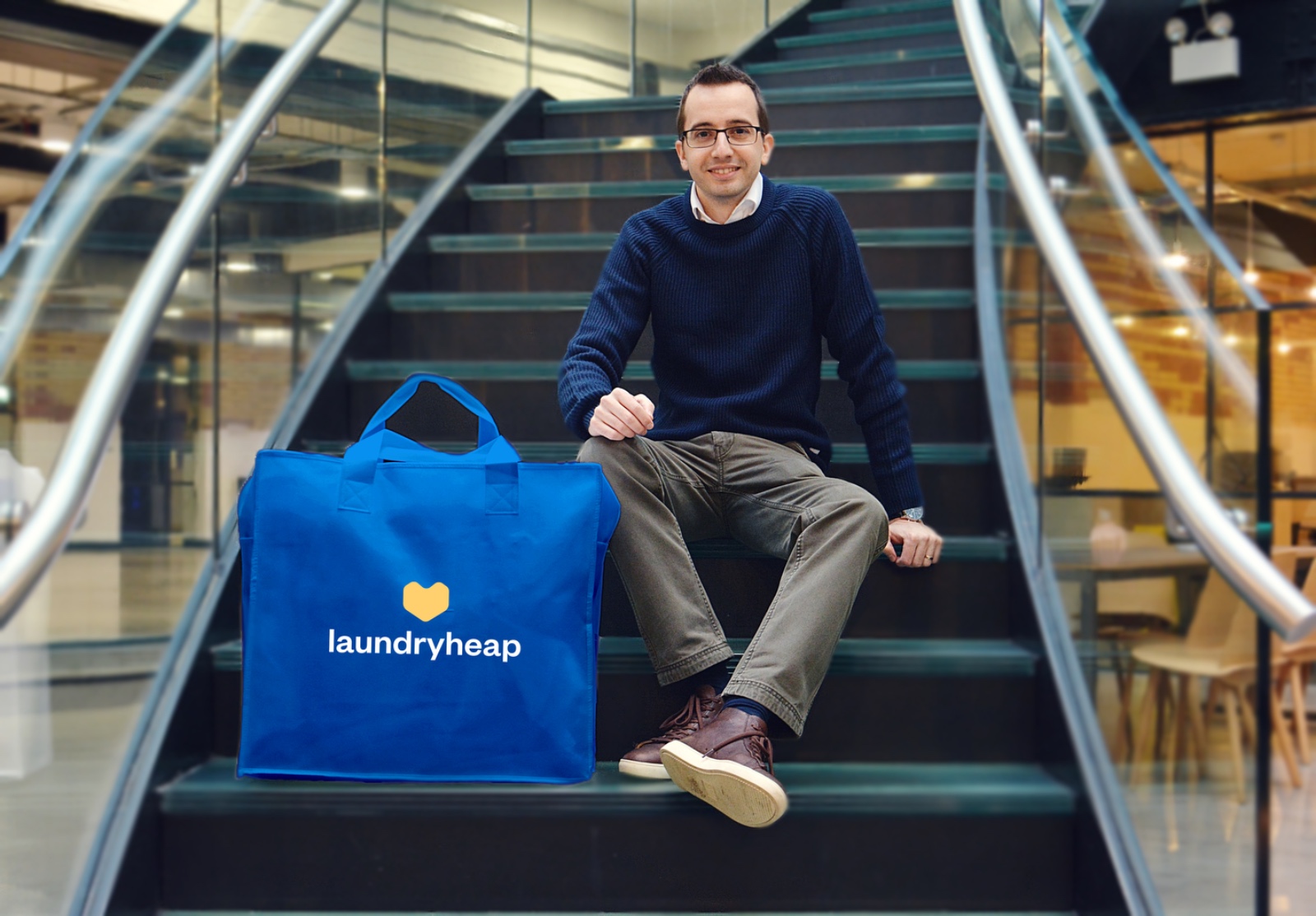
Jerusalem light exhibition Israeli pavilion
Staff Report

- Photo by: Simon Beni
Simon Beni is a licensed tour guide who has been leading tours in the old city of Jerusalem for the past 13 years. An avid photographer, recently he started taking photos and documenting the life in the old city, and has developed the Jerusalem Photo Tour – a unique tour for history and photography enthusiasts
Knowing every alley, street corner, and hidden gem, Simon photographs
its unique and colorful atmosphere and eclectic group of residents and visitors from all over the world – people of all ages, religious beliefs, and cultures, focusing on the unique but ultimately highlighting what they all share in common.
The sense of the sacred, spiritual, prayer, and celebration — the powerful emotions that flow through the streets of the old city — are all captured for eternity
Question 1: Simon you studied History and Archaeology, How did you develop an interest in photography?
I am a second generation tour guide, and thanks to my father I got the love for traveling, trivia and history, I have worked as a tour leader for many years and have worked mostly in Europe and Asian countries. The charterer of my work enabled me to meet lots of people and improve my skills for closer encounters.
Like many beginners I started with a manual film camera and I enjoyed mostly taking pictures of sunsets and old people… which I still enjoy today.
I am a self taught photographer. One of the steps out of many which developed me as a photographer was during one of my visits to Jaipur, Rajastan in front of the palace of winds. I saw a local man operating a big bulky camera obscura box on a wooden tripod – an old low tech apparatus for passport photos.
I was enchanted by this magic. On each session a tourist was sitting on a bench with a black background being photographed with exposure times of up to 2-3 seconds. I stayed the entire day learning and observing the entire process: exposure, developing the paper negative, fixing in salt solutions and last picturing the negative into a positive BW paper photo, the final picture came out with tones like an old silver gelatin. The next thing I did, I bought the camera on the spot for 250$ back in 1995….the rest is history.
Next step was, being a high school teacher for 5 years teaching, BW darkroom, studio and outdoor photography and of course the histories of photography… guess what, I brought the bulky camera to school and with my students we took their portraits.
Question: what are your influences? How did you become an artist?
Since I was young boy I listened to music and enjoyed reading the information from the sleeves of the records, I remember vividly that I really liked the art designs of some of my favorite avant-garde bands. It took me a long time to become an active artist but in my heart I was always a free spirit who likes traveling and enjoy art with all my senses. I especially was attracted to the old masters of painting. I can defiantly say that some of my pictures are homage’s to some artists which I like.
Question 2: You have been often shooting in Jerusalem, which is the religious & historical epicenter of the world and your images are always well in sync with the sanctity of that place. So have you designed your own rulebook to shoot such places?
Jerusalem is a Mecca for photographers… within the old city there is a lot of religious and daily activity, but the highlight of course are the many faces from all parts of the world, it a pilgrimage site for many, therefore lots of different nationalities that bring their traditions.
Regarding Rules, First thing is to be moral and not doing things which might hurt the feelings of the people you take photos of. There should be a middle way not being aggressive in one hand but also to capture the stories in a respectable manner. I do not like taking pictures of people which might degrade or dishonor them, for example beggars or poor people.
Some photographers like to say that they “shoot people” I do not like this approach- for me – The goal does not sanctify the means. I prefer to take candid pictures with a positive approach, engaging in conversations and many times explaining the reason for me taking pictures.
Another important thing is to do your best and reach back to the people and give them some pictures you took. Today it is easier with interment.
Every photographer has his own attitude regarding how much involvement should be between the subject and the cameraman, there is a wide range on this scale, between being a fine art photographer to a photo reportage journalist who is bound to some journalistic ethics. – You should set your own style, you are the artist and you should decide your own limits and rules.
Question 3: According to you, what makes a good picture standout from an average one?

A good picture does not need to be explained, it should evoke emotions among those who see/ consume it.
The cliché “one picture is worth a 1000 words” is very true. The reason I take pictures is because you do not need any words to generate a mood and express emotion. a good picture is the harmony between existing elements (color, pattern, lines etc) which the photographer decided to “put in” on his canvas, personally I tend to put less, I am a minimalist. I love Japanese art, and one aspect which I like is Wabi Sabi, a poetic moment which brings the viewer to sigh with nostalgia towards the moment captured. – in this transient world. Each picture is a testimony / Memento Mori. Capturing spilt seconds/ slices of life, those pictures are part of a chain in human history.
Honestly I am less good in words and sometime I read essays which describe the words I am missing…. Bringing me back to the first question, I recommend reading some essays regarding the philosophy behind photography and its connection to the field of history by Susan Sontags and Roland Barthes.
Question 4: Which is your favorite location to shoot outside Jerusalem and why is it your favorite?
In the past almost 2 years since Covid started a lot of people discovered beautiful places near their houses. Photography is the art of observing- good pictures are everywhere. Lately I have been taking more pictures in the fields combing landscapes and people: the Judean desert and the Bedouin tribes herding their sheep and goats, the dead sea- the lowest place on earth with its Biblical landscapes and amazing light due to the barometric pressure.
I would love to go back to many places from the past as a better photographer; one of the places of course would be Varanasi.
Question 5: What according to you is the biggest challenge of being a photographer?
Time and money…. The more I do it I feel I need more time for creativity. Most photographers do not profit from creating art just a few. I am happy and privileged to combine my workshops and guided tours with my life time hobby, eventually turning my hobby to into a professional work. There is still al long way to go and I am enjoying the journey.
A true artist will never to try a certain point the learning is endless, and 100 percent sure that I will be a better photographer in 5 years.
Question 6: What is the most difficult part of being a photographer for you?
I enjoy photography and it is a game for me, when I take pictures of people I play and dance with them. Being a man sometime limits me in the realm of women, especially in conservative societies … I have more portraits of men rather than women.
I wish I could do some large scale productions, with no worries about expenses with the best gear and limitless time and miles for to exploring new places. My dream is to have a team + producer to fix me different setting.
Question 7: Among your works, which one is your favorite and why?
My walls in my house are empty… I am still waiting for the chosen one, the picture which will make me say “this is it” – still waiting for my “Afghan girl” picture which will be unforgettable.
Question 8: what is in your camera bag when you go on one of your travel shoots?
I keep it simple; I do not use lots of gear – no tripod, no flash.
I have a few cameras- one Leica Q, canon r5, Fujifilm gfx50r.
And normally I use just one. Since I come back to the same spots all year round, I can decide using different lenses each visit to Jerusalem.
Question 9: So is Simon a tour guide who also shoots or a photographer who also takes up tours or is he a photography teacher?
You nailed it, you hit the spot! This is my number one dilemma, what should I be? As a tour guide I am very skilled and knowlegble and that is my way of making a living, as a photographer, that is my medium to create and “paint” from my heart.
I always say that I wear 2 hats, some days I am more an artist and some days more a teacher. By the way I love hats!
Question 10: so please tell us, what do you a photo tour?
To begin with I sometimes really regret I wasn’t workshop when I started photography, it would have saved me a lot mistakes.
A photo tour is very good with the direction of a teacher. On a street workshop I direct my students how use the available light, how to “turn on and off” the light – exposure compensation, thus creating high/ low key pictures. Rules of composition with lots of lines and patterns, how to put this information on our canvas. Changing lenses in order get different angles, etc.
Which preferences to use when you are in the very contrastic light of the allies of the old city. And of course street wisdom – how to stand and talk to the passersby as a street photographer. In just a few hours people who join my tour say that they feel that they jumped one level up.
Question 12: What would be one piece of advice you would share with young photographers?
A true artist will never aspire to reach a certain point the learning is endless, with an experience of 25 years, I am sure that I will be a better photographer in 5 years.
My advice ? Click all the time until you get it right. I have done a million mistakes; our mistakes some time turn to be the best pictures. JUST DO IT! Patience, diligence and persistence.
Question 13: what are your dreams/ goals for the future.
I am very modest with my dreams… I would like to publish a big book about Jerusalem, I am half way there
By Author

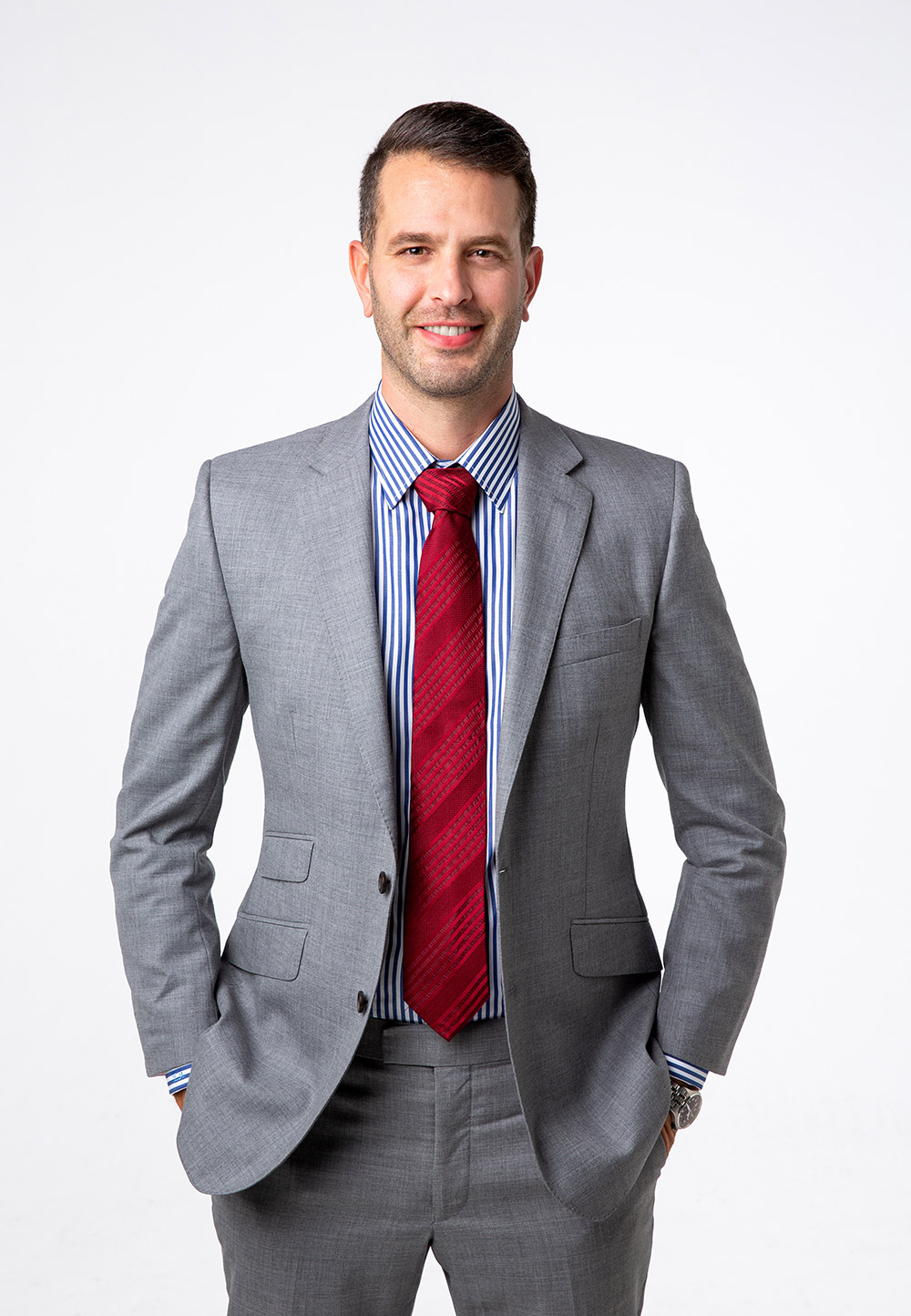
Beyond the Sale: Elevating Dubai’s Luxury Real Estate with a World-Class Hospitality-Driven Approach
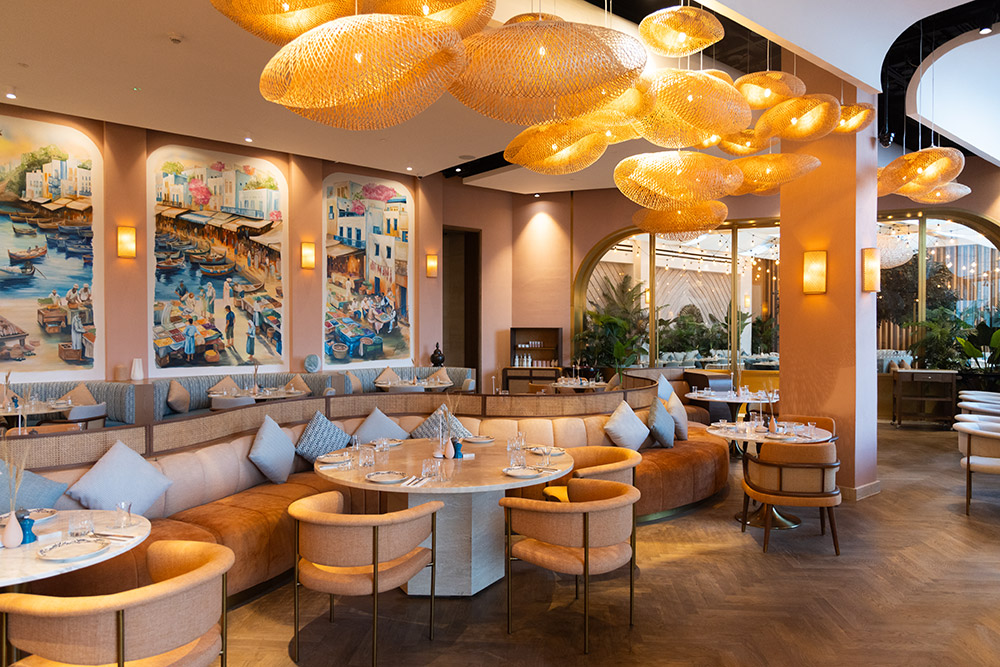
AVLU Brings Aegean Flavors to Abu Dhabi: A New Dining Destination Inspired by Greece and Turkey
no related post found
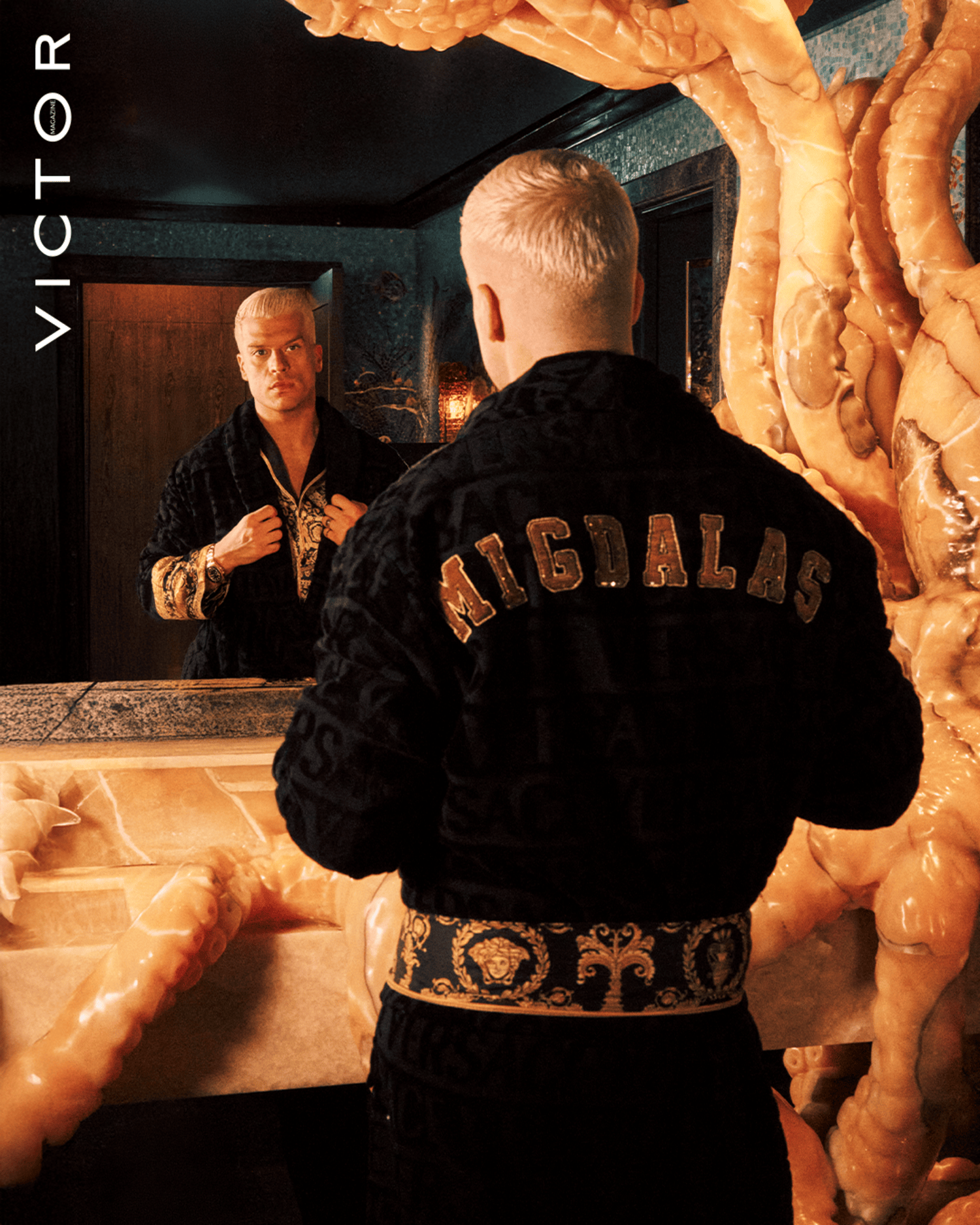
Beyond the Expected: John Migdalas on Today’s Luxury
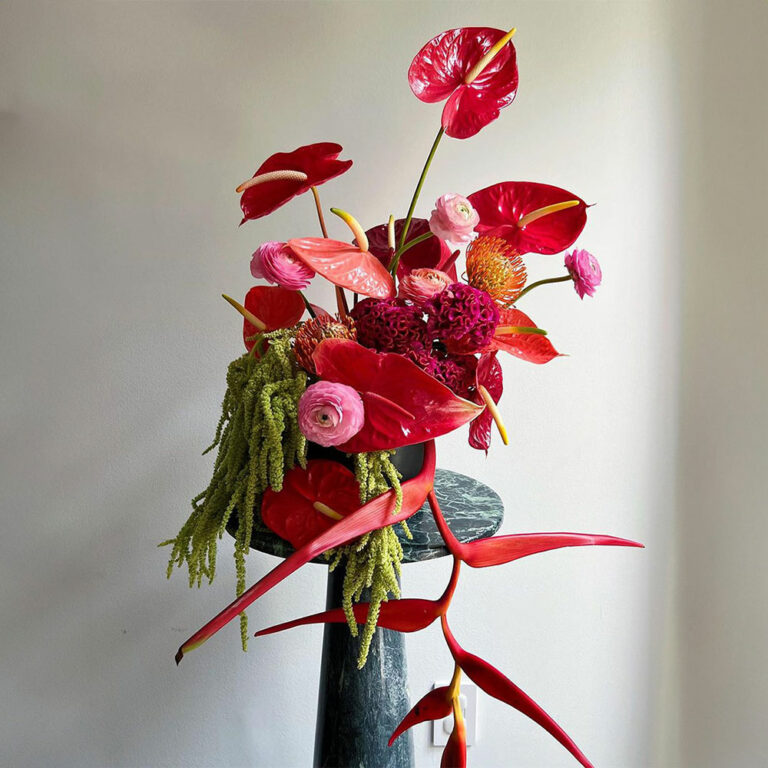
“Flowers are our favorite F word!”
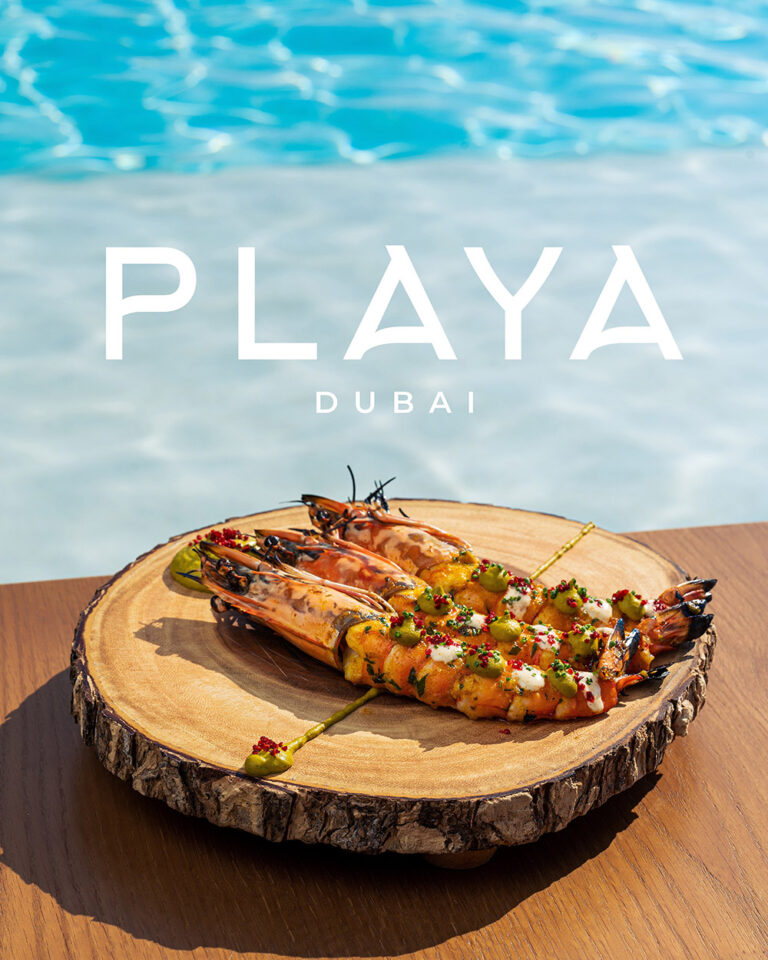
Indulging in Love and Flavor at Playa: A Valentine’s Day Delight

Beyond the Expected: John Migdalas on Today’s Luxury
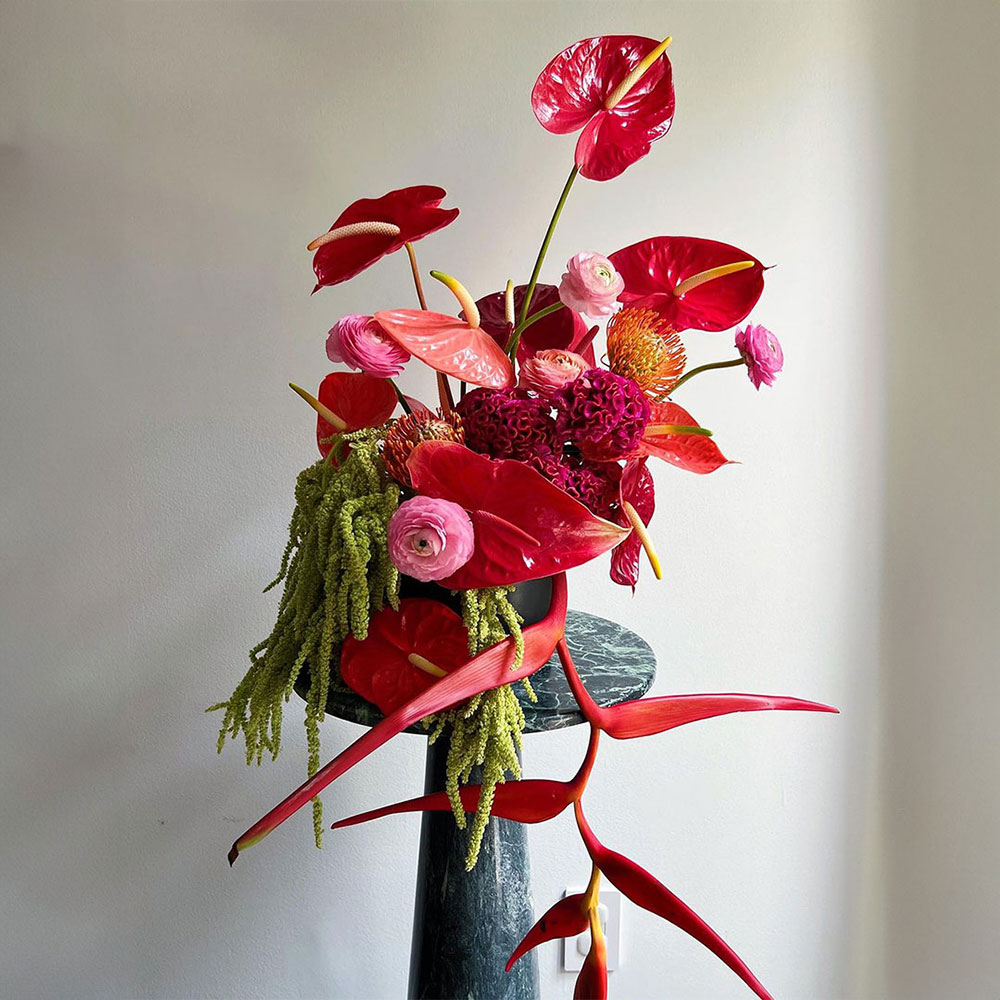
“Flowers are our favorite F word!”
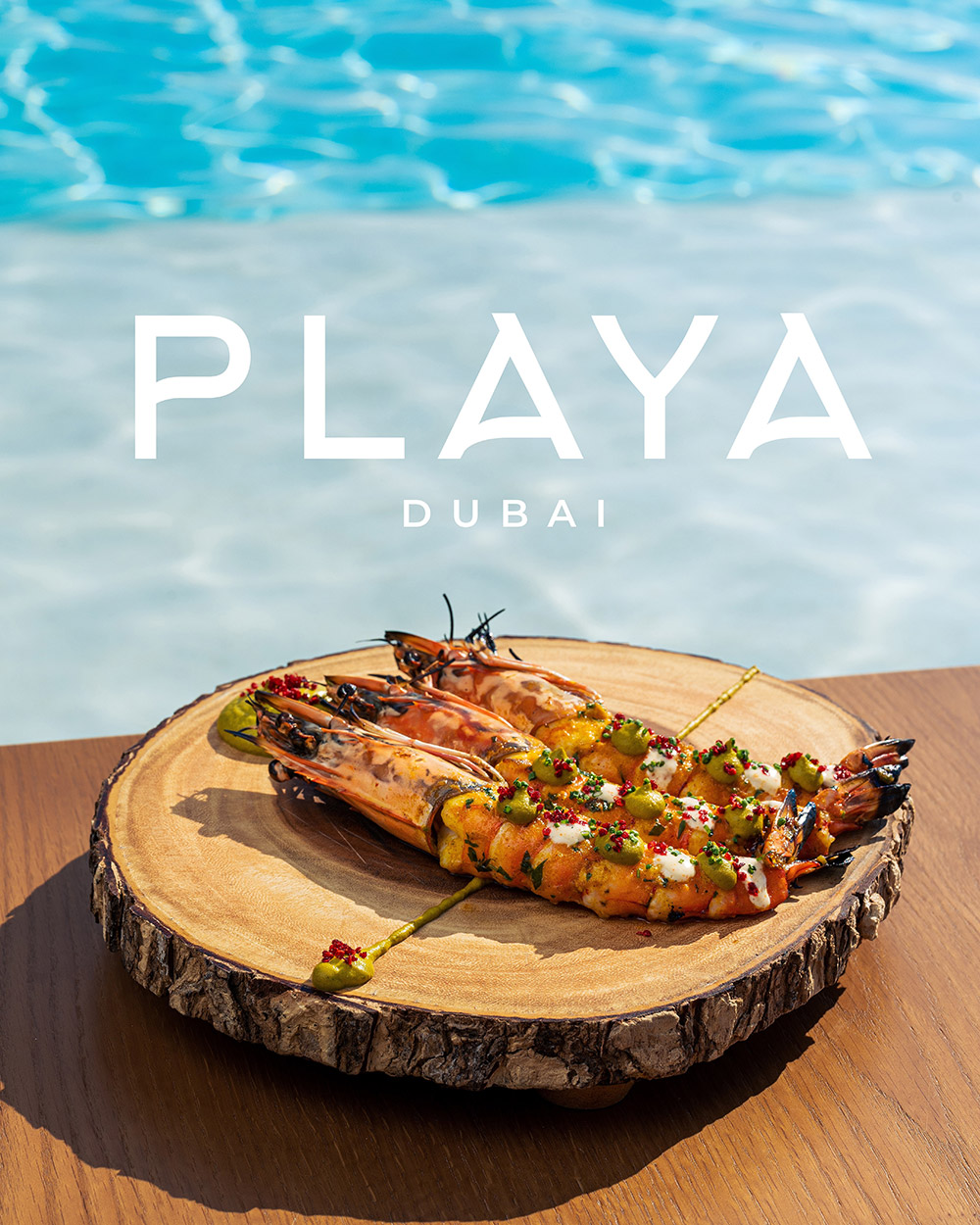
Indulging in Love and Flavor at Playa: A Valentine’s Day Delight

